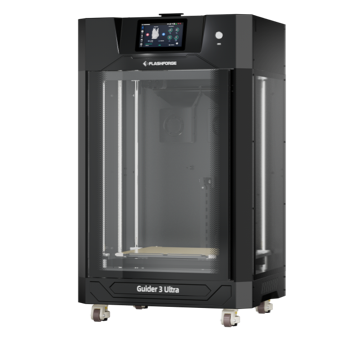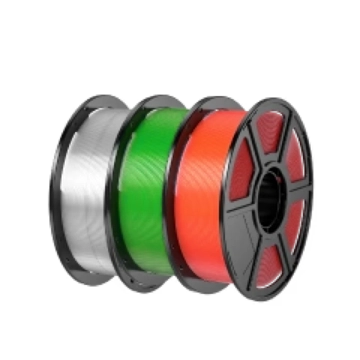
Adventurer 5M

Adventurer 5M Pro

AD5X

Guider 3 ultra

Accessories

Filaments

Adventurer 5M

Adventurer 5M Pro

AD5X

Guider 3 ultra

Accessories

Filaments
Orca-Flashforge
The Best Slicing Software for Flashforge
High-Speed Printers. Support AD5M series
and Guider 3 Ultra.
Learn More

Flash Maker
A more flexible printer management tool
that supports mobile phones, iPads, and
computers.
Learn More

Have a question?
We are here to help.
Check out the most common questions our customers asked. Still have questions ? Contact our customer support.

Our customer support is available Monday to Friday: 8:00 AM to 6:00 PM China Standard Time (CST) & 9:00 AM to 5:00 PM American Central Standard Time (CST)
Average answer time: 12h
Do you ship overseas?
Yes, we do! Our online store ships to North America, Europe, and Australia. If you’re located in another region, feel free to reach out to us at customer@flashforge.com, and we’ll be happy to assist you.
Do I need to setup an account to place an order?
No, you don’t need to set up an account to place an order. However, by signing up, you can earn reward points that can be redeemed for shopping vouchers or special treats during our exclusive events.
Do you offer gift wrapping
At this time, we do not offer gift wrapping services. However, we’re always looking for ways to improve our offerings, so it may be something we introduce in the future.
How long will it take to get my orders?
International shipments are delivered via DHL, FedEx, UPS, EMS, or SF Express, with an estimated delivery time of 5-7 business days. Please note that delivery times may vary slightly depending on your location and any unforeseen delays in customs or shipping services.
What is your return policy?
Flashforge accepts returns for 3D printers within 30 days of receiving your order, no questions asked. For detailed information, please refer to our Warranty & Returns Policy page.












































































